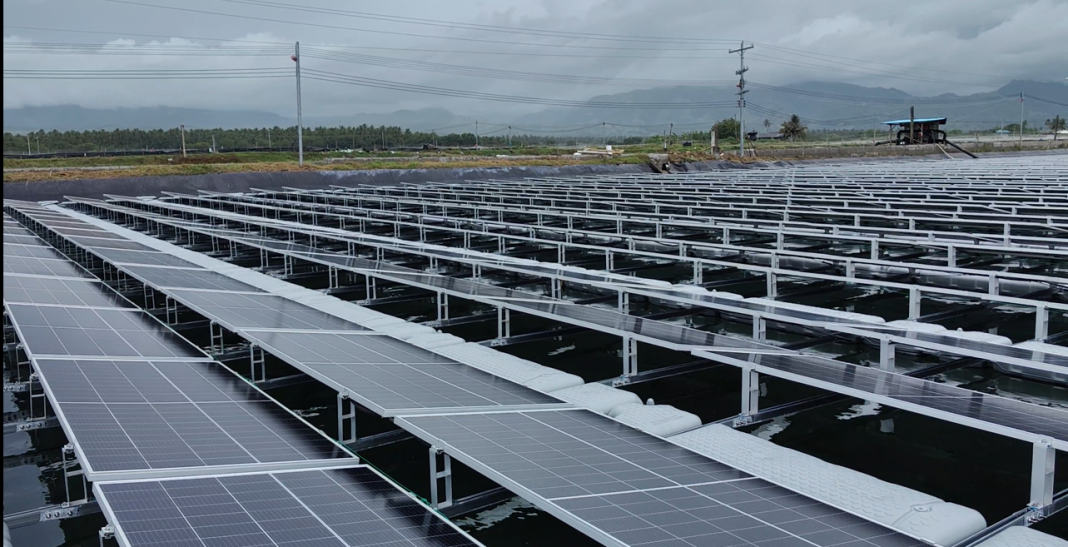General Santos City, aside from being the Tuna capital of the Philippines, has deepened its venture into the expansion of the prawn and shrimp farm business in its areas.
For farmers like Chie (real name withheld upon request), shrimp farming has been his day-job that helps him raise his three children for six years.
Chie, 39, wakes up at dawn to feed the shrimps at San Andres Aqua Culture Corporation II (Sanacor II) to sustain his family’s daily needs.
For the time he has spent on the farm, he knows which seasons are most profitable for shrimp production and how these seasons affect shrimp development.
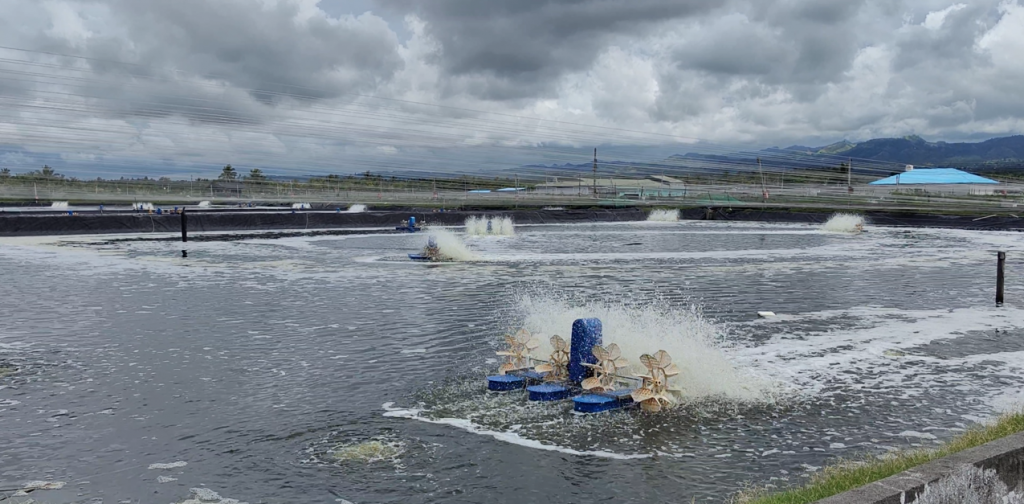
Located in Alabel, Sarangani, the farm runs on solar power technology that not only provides job security for its farmers like Chie, but also cuts its own electricity costs and environmental-damage costs.
Mindanao’s cost of electricity is P9 to P10 per kilowatt hour (kWh) and the farm saves P800,000 a month because of the solar power.
“It is most useful in the morning. Shrimp needs oxygen. Without it, they will die within minutes,” Chie tells PhilSTAR Tech in a mix of Filipino and English.
Chie says that the shrimp farm entirely depends on electricity, and he learned that especially when the farm made the shift to solar technology in 2020.
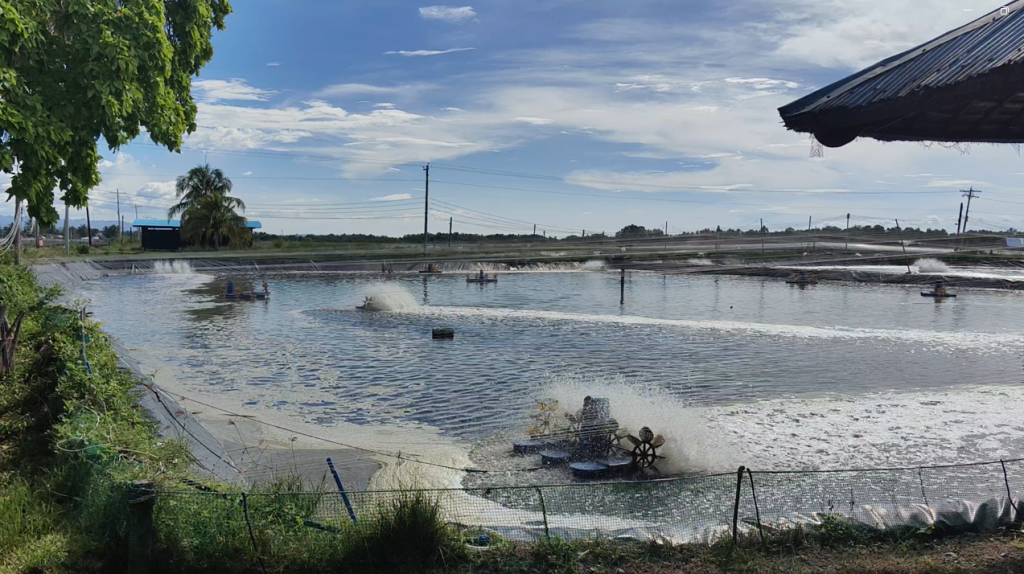
Shrimp production in the country was stagnant during the early years of the pandemic, according to a report of the 13th Philippine Shrimp Congress three years ago.
It reported that local farms have reduced stock production due to the weak purchasing power of Filipinos during the pandemic.
The farm’s engineering supervisor Shawna Velasco revealed that they also faced difficulty during the installment of the solar panels due to mobility restrictions and low manpower.
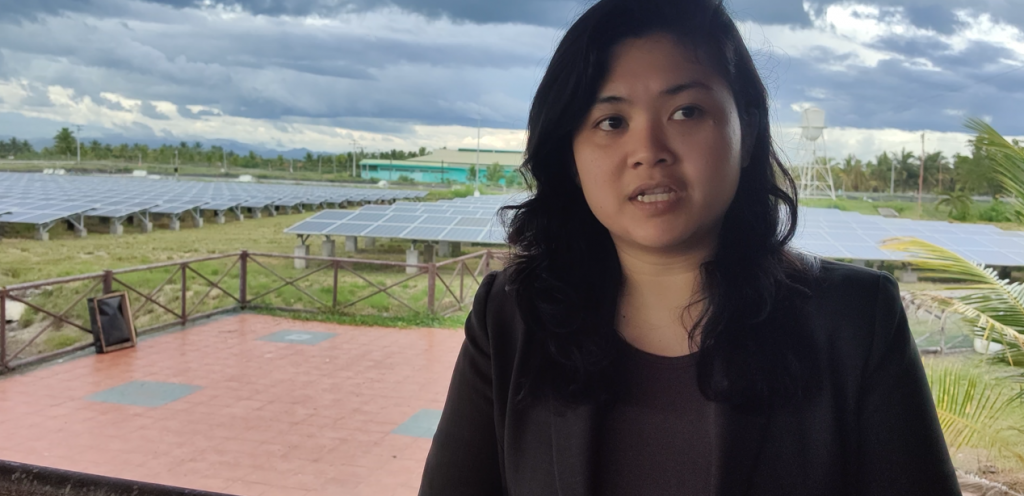
Despite the limitations, the building of the facility was completed on time as the company, aside from being able to cut its operational costs, wanted to help the environment.
Velasco also shared that the local government is active in promoting renewable energy and that companies, like Sanacor, were given rewards in return.
“They’re very active in promoting that. That’s why it wasn’t hard to put up this facility because it is supported by the government,” Velasco said.
However, the farm supervisor said that they are still looking to find new technologies that would prolong the daily use of their solar power.
“This solar power plant only functions during the morning. We’re right now actively looking for ways that we can use a battery and incorporate it so we can use it 24/7,” she said.
“With that in mind, it is also part of our expansion plans because we have plans to expand, and if we get to utilize solar power, it’s going to help us more in our plans to grow our company.”
The heart of Sanacor’s solar technology
In every solar panel system, an inverter is needed to ensure that generated power is compatible with the grid. Direct current cannot be used by grids, and changing the direct current to alternating current is an inverter’s main function. For Sanacor, it uses Huawei’s inverter technology to transform the panels’ output into reusable energy (RE) to power the farm’s requirements.
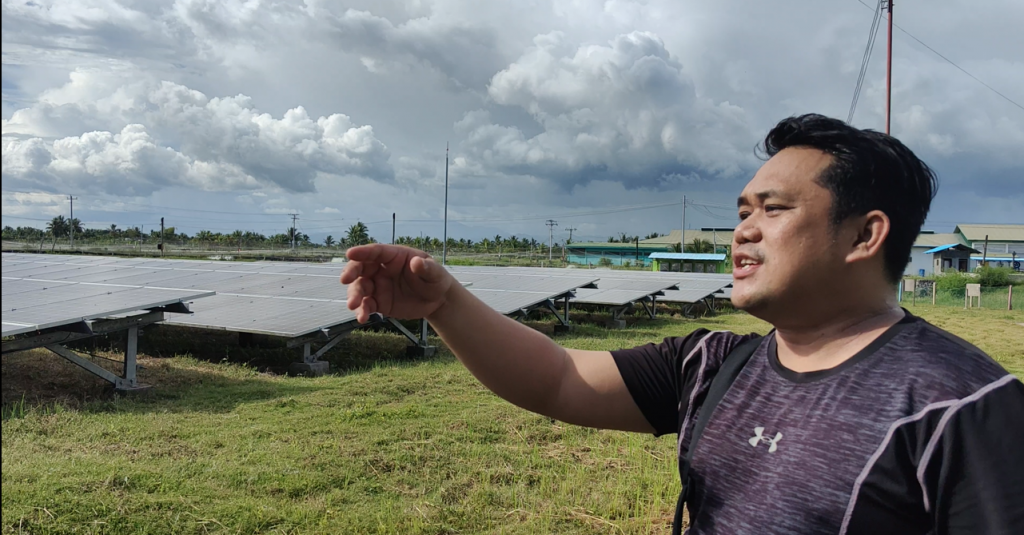
Jesus Calasara Jr., the service manager of Smart Photovoltaic Huawei, said that RE company WeGen chose Huawei’s technology to run the farm because it has already proven its efficiency before in other countries.
“We copied those scenarios and we showed it to them—WeGen showed it to them. That’s why they chose Huawei to be the heart of this system,” Calasara Jr. said.
Sanacor’s inverter model is the Huawei SUN2000-60KTL-M0, which has a 60,000 W as its maximum output. This amount of output can supply power to a condominium building with 20 floors.
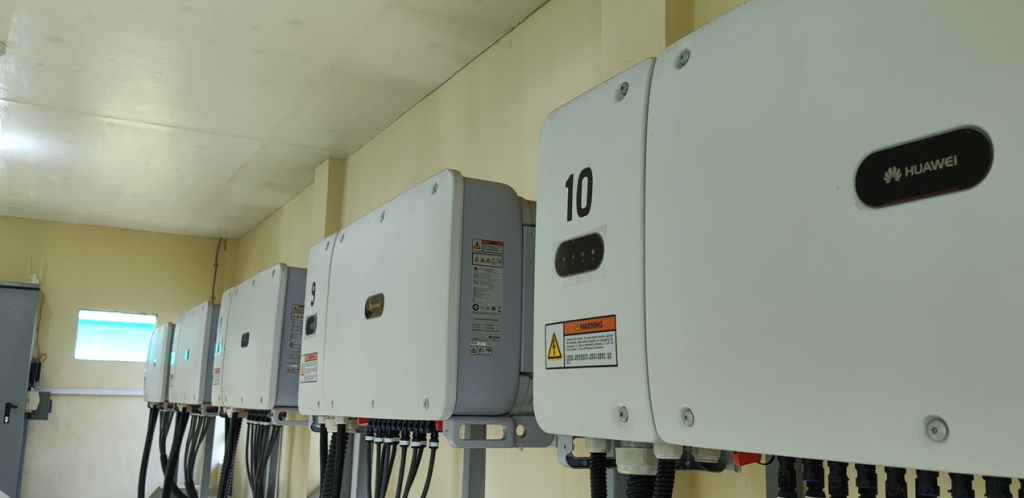
Moreover, the inverter models have no control buttons, which Calasara finds to be one of its greatest points.
“The control buttons become the point of error. After one to two days, the equipment is still working except for the buttons. That’s why, with this, you can connect it to your phone,” he explained.
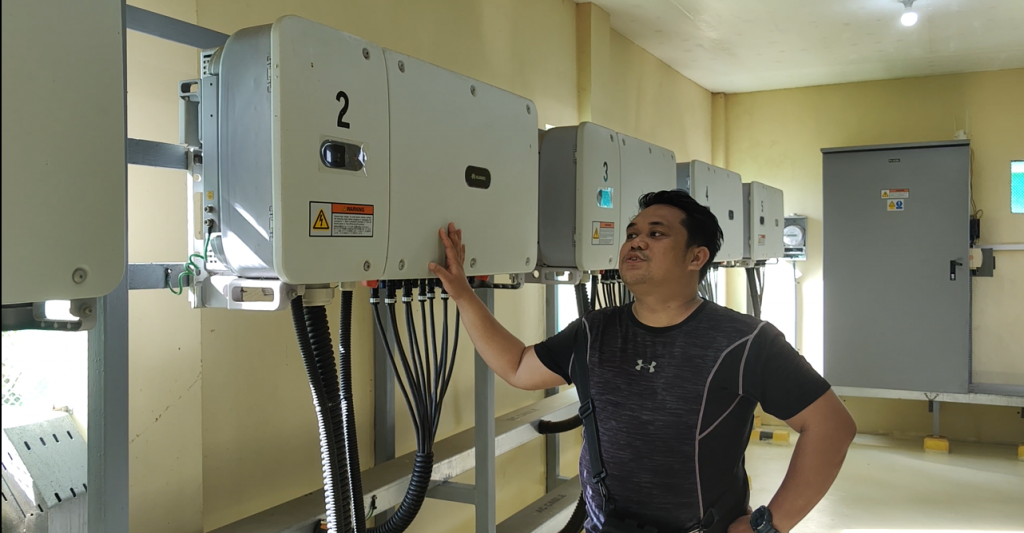
Huawei’s inverters include the downloading of an application called FusionSolar, where RE developers and Sanacor’s engineers can monitor the operational status of the plant.
WeGen Energy’s engineering head Gregorio Corruz Jr. showed that the app can display the solar capacity and low demand of the panels in real time.
“There, we can see how effective the system is and the areas where it lacks,” Corruz said.
Full visibility of energy management
Due to the app being a tool for Sanacor’s farm engineers, it allows them to do remote monitoring and makes their jobs easier from across the country.
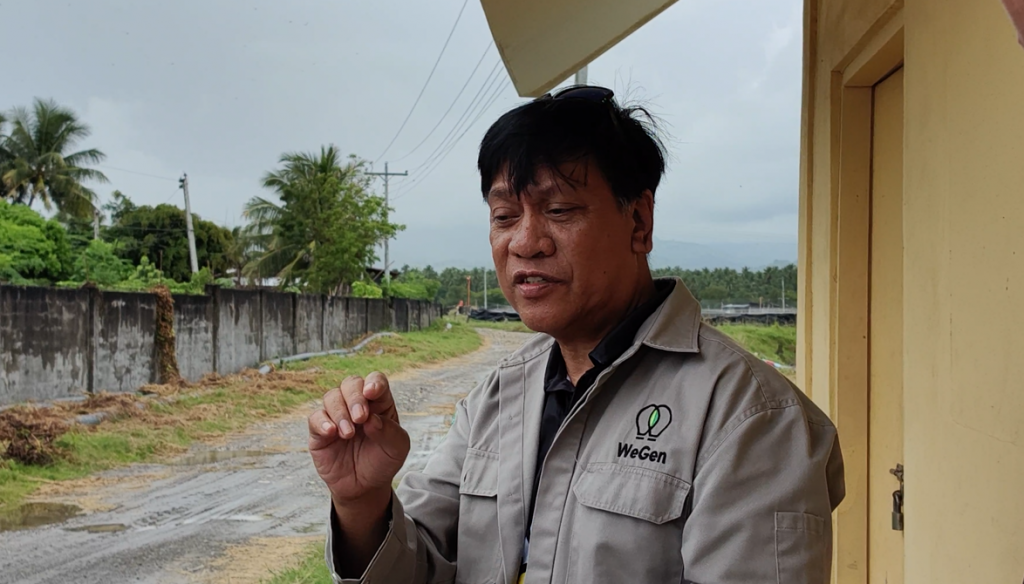
Corruz said that this kind of technology has made maintenance much faster because he can track the plant’s activity real-time and also look at historical data.
“The maintenance becomes easier because the plant is here in Mindanao while we are in Metro Manila. We have people within Davao who can come here whenever needed.”
Aside from being able to monitor the daily yield of each plant, the app also shows the user how much it has helped environmentally.
It shows the amount of carbon emission it has prevented and the number of trees that were prevented from being logged due to the use of traditional power plants.
Additionally, Corruz emphasized that the impact of using RE for running the shrimp farm is better allocation of resources.
He said that with the low electricity costs consumed, the farm can now better support the livelihood and welfare of its laborers and fund the farm’s protective equipment.
“So, the impact is within the farm first, and then to the community. Instead of using coal or diesel—clean energy, clean environment. I think that is its greatest impact, which is our goal with this technology here.”



